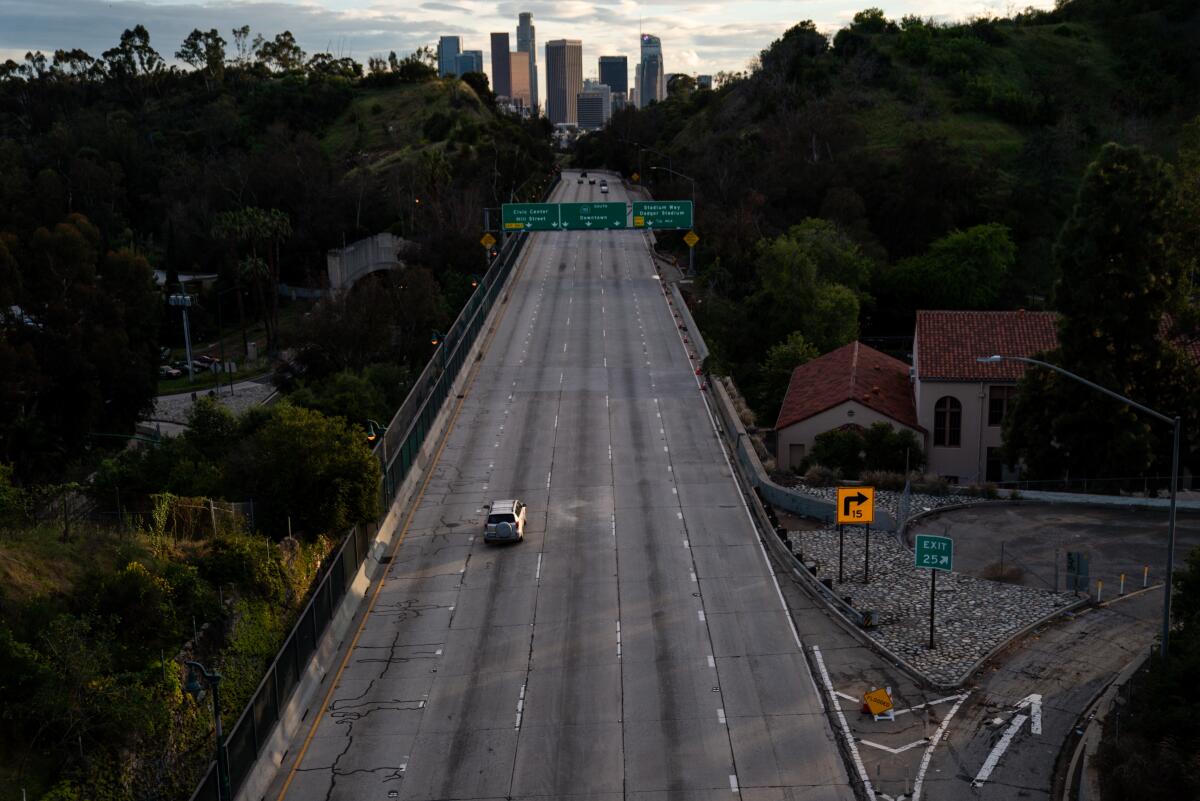People are leaving their homes a lot less. CDC numbers show how much

First came the emergency declarations. Then the rules on mass gatherings, followed by limits on senior living facilities and school closures. Bars and restaurants came next. Then stay-at-home orders.
A new study by the Centers for Disease Control and Prevention looked at people’s movement patterns in coronavirus hot spots such as New York, San Francisco, Seattle and New Orleans and compared them to the timing of closures and various orders in those cities.
The data show that in February about 80% of people were leaving home, but by April 1, the percentage of people leaving home varied from 42% to 61%. In all four areas, the more significant declines in people leaving home occurred after limits on gatherings and school closures and after the White House issued guidelines March 16 to slow the spread of the coronavirus.
Researchers also saw declines in people leaving home after state stay-at-home orders were issued.
“We were quite encouraged,” said Kathleen A. Ethier, a senior author of the report. “Fifty percent of people in each of these locations did not leave their home at all.”
The study looked at people going more than 500 feet from their homes in those four cities and surrounding areas from Feb. 26 to April 1. Those cities were chosen because each had substantial numbers of COVID-19 cases during the early stages of the U.S. epidemic.
San Francisco imposed a stay-at-home order March 16 when there were just under 200 confirmed cases. New York City imposed such an order on March 20. By then, the number of confirmed cases had already climbed above 5,000.
It appears that people listened to the orders. By April in New York City, 42% of people were leaving home, compared with 47% of people in San Francisco.
The study used public data from SafeGraph, a company that aggregates location data from mobile phones. The data was limited to 3 to 6% of the population in each location.
The data provide a preliminary look at the timing of public policies to curb the spread of the coronavirus and the potential impact the measures may have had on disease growth. The CDC said there are “very early indications” that the policies and social distancing may have slowed down the growth of cases.
Ethier said people were receiving a lot of information about the spread of the virus as stay-at-home orders were issued.
“I think people were also making choices for themselves about doing social distancing because they were concerned,” she said.
Although Ethier said that the study did not include statistical tests that linked staying at home to slowing the spread of the virus, she said the study was a “good indication that the policies were effective.”
More to Read
Sign up for Essential California
The most important California stories and recommendations in your inbox every morning.
You may occasionally receive promotional content from the Los Angeles Times.











